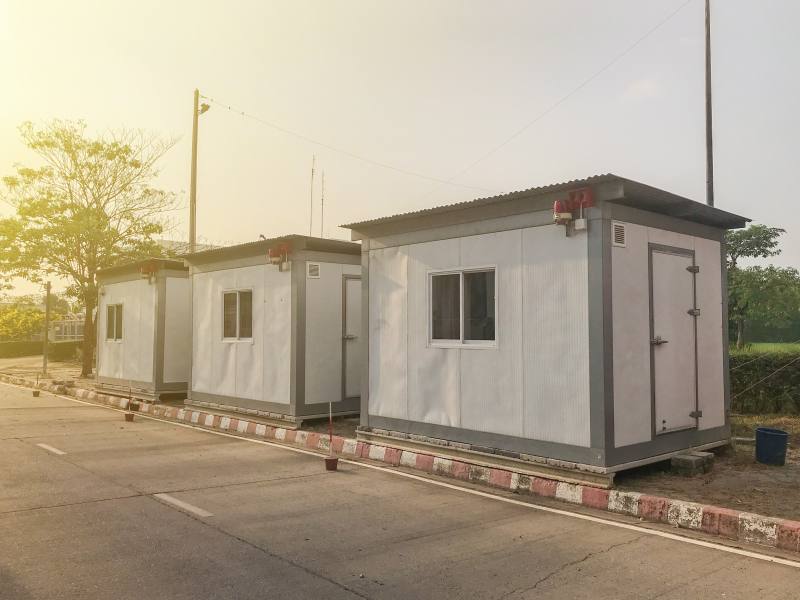If you are a business owner in the mining industry or a similar industry that requires you to be on-site or close to it, using converted shipping containers for your workers is worth considering, especially if hotel/motel accommodation isn’t available.
Converted shipping containers offer a viable housing solution for remote areas that combines affordable living with privacy, comfort and convenience. They can be used short term or long term depending upon your requirements.
What are converted shipping containers?
Converted shipping containers are a type of shipping container that is used for residential, commercial, or industrial purposes. The term “converted shipping container” can be used for any type of container that has been converted from its original use to a different one. Converted containers can be used as accommodation, storage units, offices, workshops, garages and many other purposes. They are also called “repurposed containers”.
Converted shipping containers have been around for a while now. They were first introduced as early as the 1970s by the US Navy to provide temporary housing on military bases. However, they were not widely adopted until the early 2000s, when container ships started to become more popular.
Converted shipping containers are ideal for providing private, comfortable, weatherproof accommodation for contract workers around construction or mining sites, or wherever they are needed.
Examples of converted shipping containers being used as accommodation
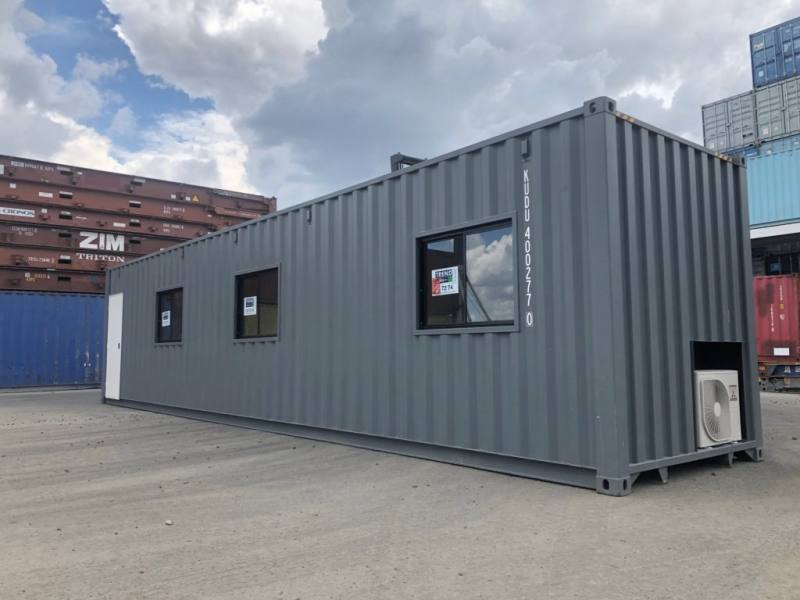
Shipping containers make cost-effective, versatile and suitable accommodation for a range of situations, such as:
Housing pods
Singles often have to rent flats or apartments in the city, but the cost can be high. Shipping containers converted into housing pods cut down living expenses. These pods are often cheaper to rent by the week than traditional houses and provide a sense of community in the process.
Family home
Shipping containers may be the perfect solution for people looking for a new home with a limited budget. They are very affordable, they can be easily converted into homes, and their layouts can be tailored to specific needs. Converted shipping containers are an excellent option for those looking to live sustainably.
Holiday home
Converted shipping containers are becoming more and more popular for holiday homes. These tiny homes come with everything you need. They are affordable, energy efficient, and even eco-friendly.
If you choose to convert a shipping container for any of these purposes, consider hiring a professional contractor to help with the job.
How are shipping containers converted for accommodation?
Converted shipping containers are very useful in places where land is scarce and expensive, or in and around construction sites. They can be placed on the ground or on top of each other to save space or provide temporary housing for people who live in the area or work nearby.
The idea behind this type of shipping container is to convert a standard 20-foot or 40-foot shipping container into a living space. The conversion process involves:
- Selecting shipping containers after thorough quality inspection.
- Cutting out doors and windows.
- Installation of insulation and drywalls according to the layout.
- Installation of light fixtures and plumbing.
- Repainting the interiors and exteriors.
- Furnishing the containers and adding any required furniture.
This process can be done in about six weeks from start to finish, but it can take longer depending on the needs of the home and how big the project is.
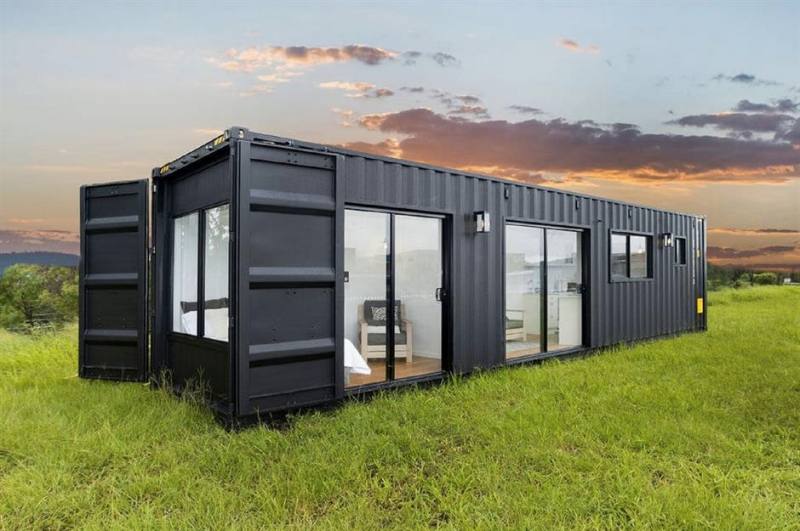
What are the benefits of using converted shipping containers for accommodation?
In the past, many people were skeptical about the use of converted shipping containers for accommodation. However, with the advancement of technology and design, they have become a popular choice for housing. Here are some benefits of using converted shipping containers for accommodation:
- They are affordable and can be purchased at a lower cost.
- They are cheaper than other alternatives like hotel rooms or apartments.
- They provide more space than other alternatives in terms of square footage.
- They can be easily customised to suit individual needs and tastes.
- They are environmentally friendly and sustainable due to their recycling potential
- They provide an easy way to improve living conditions in remote areas without the need to build new infrastructure.
- They are available in multiple sizes.
- They can be easily installed, transported and moved around.
- They are durable and long-lasting.
How to choose the right shipping container for your needs?
Here are a couple of factors you should consider when choosing a shipping container to use as your accommodation unit.
1. Are you planning solo, or shared accommodation?
- For solo living with basic living amenities, you can get away with a 10ft container.
- If you’re planning shared accommodation, you can go with either a 20ft container or a 40ft container. A 20ft container can typically fit 1 bedroom, a kitchen and bathroom while a 40ft container can fit between 2 to 3 bedrooms, depending on the size. Bunk beds are a good way to sleep more people in a smaller space.
2. Do you want the shipping container for the short or long term?
- If you want it for short-term accommodation, then a 10ft container is perfect for basic accommodation and minimalist living.
- If you are thinking long-term, investing in a bigger size would be a better call. A bigger size will provide you with ample space for more furniture and better facilities.
Budgeting tips on converting shipping containers for accommodation
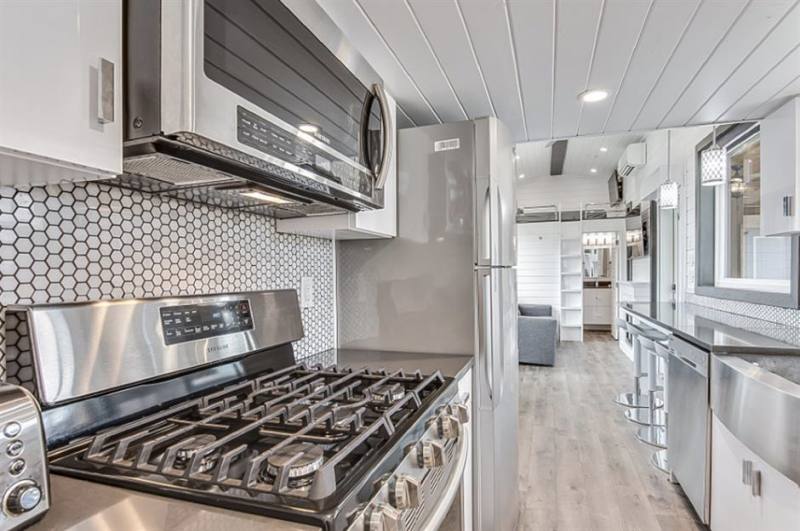
Converting shipping containers into accommodation is affordable. With some forethought and planning, you can reduce the overall cost of converting shipping containers into accommodation unit even further.
There are many ways to save money when converting a shipping container for accommodation. Here are five tips that can help you save money and get the best use out of your container.
1. Choose the right grade
The grade of a container matters. Here is what you should know about container grades:
New – Often referred to as “one-way” new builds. Factory direct from Asia, your new container has been shipped to Australia containing cargo, in order to reduce shipping costs.
A Grade – Previously used, but in good condition and suitable for furniture or archive storage. Average age of unit would be 10-12 years.
Cargo Worthy – Previously used and typically sold in “as is” condition. These containers are fresh out of service from shipping lines, and will be in a wind and watertight / cargo worthy condition.
2. Consider the size of the space
Think about what you need in terms of space. If you want an office with a desk and lots of storage space, then you will probably want a bigger container. If you just need somewhere for workers to sleep or store their belongings, then something smaller should be fine.
If there is still space left in the container after adding furniture and other things inside, then it might be worth considering renting a second smaller container for more storage space. This way, you can save on costs as well as have more room for your items.
3. Focus on what’s inside the container
Once you have decided on a location, it is time to focus on what you want inside the container. Consider kitchen appliances, furniture and other items that fit in with the living space. The most important thing is to ensure that there is enough space for the bed, kitchen sink, and toilet.
4. Avoid unnecessary expenses and costs
One of the most critical aspects to consider is the costs involved. Make sure that everything is in good condition before starting the conversion process. The container should be solid and in durable condition. If something breaks down, it could result in unexpected costs. You will also need to consider air-conditioning or heating, depending on the location.
5. Hire the right company
You should get the dimensions of the container and budget that you need for the conversion from a company with good reputation and experience, so that you know exactly what you are investing in. This way, you will receive an accurate quote, which will help you avoid overestimating or underestimating the cost.
Where to find shipping containers that can be converted into accommodation units?
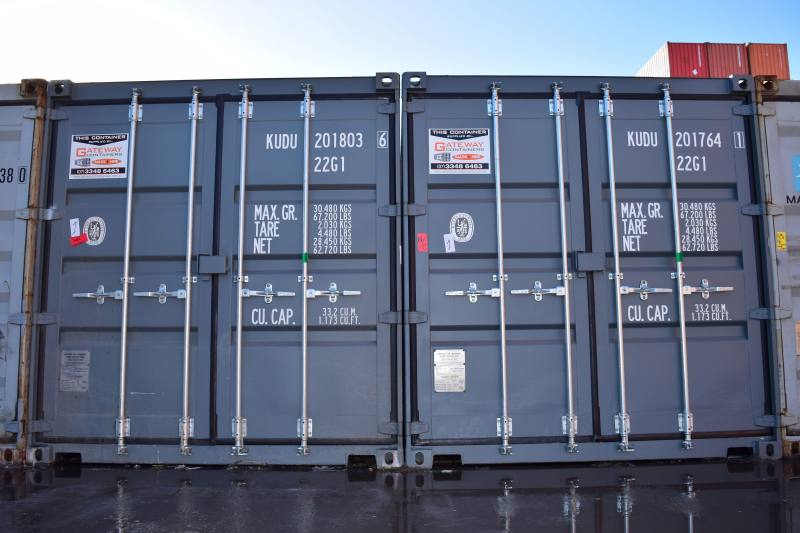
The first step to creating accommodation units out of shipping containers is to source your shipping containers from a reputable company. Gateway Containers are experts in the business, selling a range of container types and grades fit for your purpose.
Gateway Containers also offer professional modification services, from adding windows, doors, ventilation and insulation, to painting and branding your container! We can work with you to customise, convert, and retrofit your container portable accommodation.
Visit our industrial accommodation units page to request a no obligation quote and for expert advice about shipping containers.
